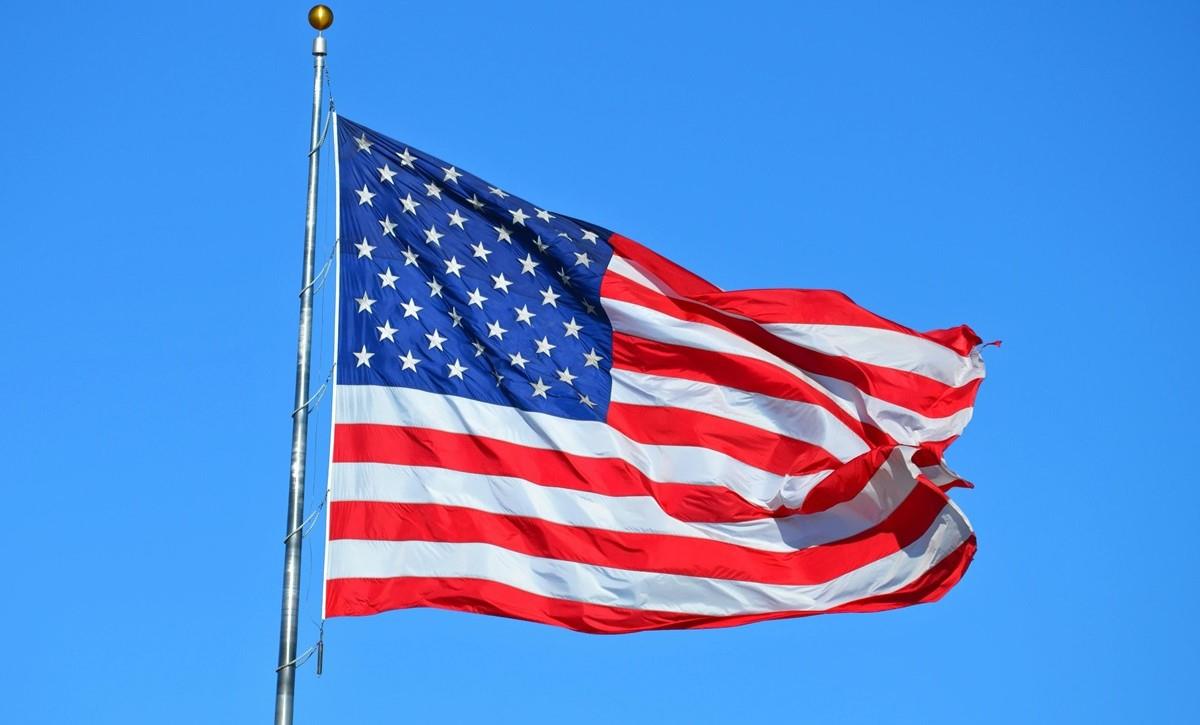SDT Helps Protect a National Monument
Tags: ultrasonic inspection

Over two hundred years ago, the Second Continental Congress made the Stars & Stripes the official symbol of America!
Contrary to popular belief, Betsy Ross is incorrectly given credit for stitching the first American flag. In actuality, two flags were finished in seven weeks by Mary Pickersgill, her daughter, and two nieces, one of which became the well-known Star-Spangled Banner. Francis Scott Key wrote the lyrics to "The Star-Spangled Banner" (the flag), which was adopted as the country's anthem in 1931.
The flag was given to the Smithsonian Institution in 1912, with an agreement that it would be kept on display always… And so started the process of maintaining the ageing structure of this significant national icon.
By 1994, the Smithsonian realized that the Star-Spangled Banner's aging material needed care. The Institution's main ultrasound inspectors, Thomas Batzer and John Pheulpin, used their SDT Data Collectors to verify the exhibit's tightness integrity, as limiting the flag's exposure to oxidization would lengthen its lifespan.
"Using airborne ultrasound, and the ultrasound transmitter, we tested all of the seams in the glassed portion of the exhibit," recalls Batzer. "We found numerous leaks in the caulking and even several leaks through the block walls of the exhibit."
Today, maintenance and engineers confidently guarantee the tightness of the exhibit chamber using ultrasound testing. When discussing ultrasound tightness testing, the first uses that come to mind are industrial uses in shipping and the automobile industry, not the preservation of national treasures. It's interesting to tell a new ultrasound inspection tale with the preservation of national heritage as its central theme.